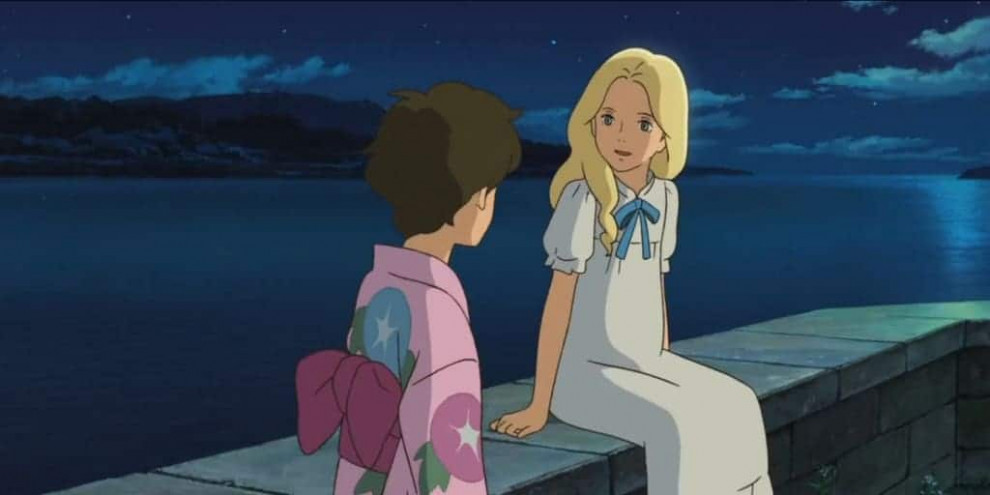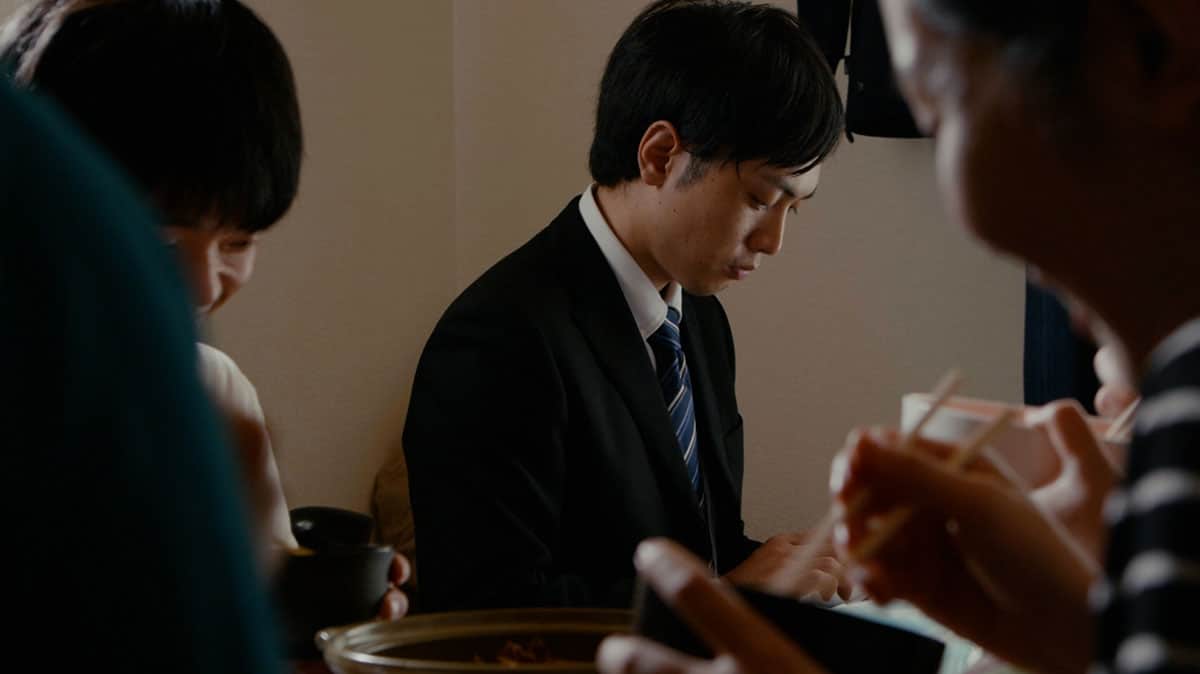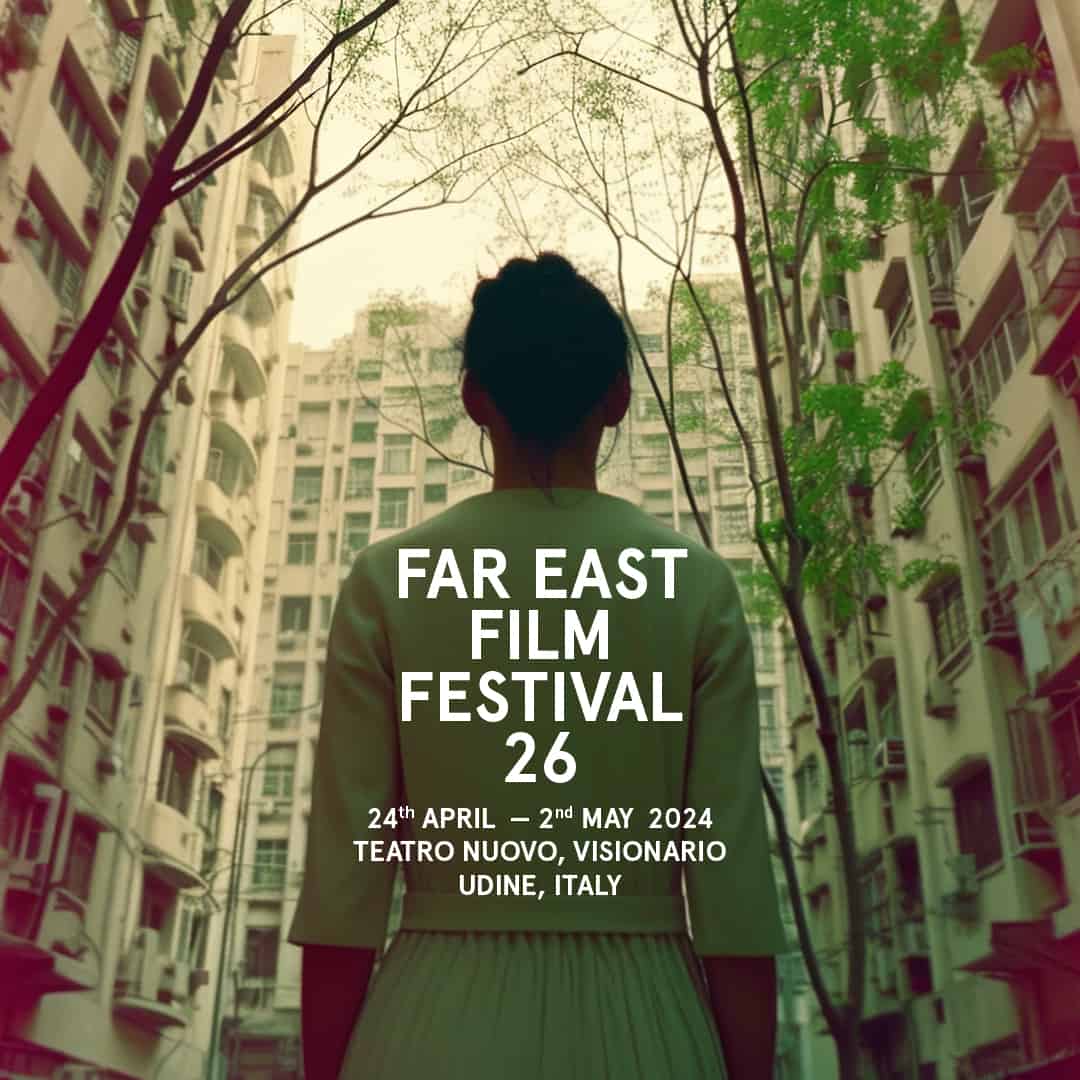Studio Ghibli's first film after the supposed retirement of Hayao Miyazaki was a mediocre success in Japan, although it won an Oscar nomination for Best Animated Feature Film.
Buy This Title

The script is based on the homonymous novel by Joan G. Robinson and goes like this: Anna is a lonely and restless-year-old who lives in Sapporo with her adopted parents, Yoriko and her husband. After an asthma attack, the girl suffers in school, her parents decide to send her to spend the summer in the country with some relatives of Yoriko's, named Setsu and Kiyomasa, that live in the small seaside town of Kushiro, where she will not have to endure the city's tainted atmosphere. Both of her relatives are very kind with her, treating her as if she was their own daughter. Anna however, does not get along with the local children and ends up alone once more, painting sceneries from the area.
All of that changes though, when she meets Marnie, an almost unearthly blond girl that leaves in a mansion on the opposite side of a marsh. The girl seems to be genuinely fond of Anna from the beginning of their acquaintance, and her benevolent nature forces Anna to open up for the first time to someone about her feelings and thoughts. Nevertheless, there is something strange regarding Marnie, since Anna has seen her before in her dreams, thus resulting in doubting if she is a real person or a figment of her imagination. Their relationship though proves so strong, that forces Anna to set aside her doubts, as she realizes how much she needs her new friend.

Hiromasa Yonebayashi wrote and directed the film, in his second work for Studio Ghibli, after “The Secret World of Arrietty”, in 2010. This time he presents a story that stands apart from the usual motif of the studio, which tended to move in the realm of the fantastic, and places the script in real-life Japan, although the supernatural element is not totally void.
His main focus is the sense of isolation Anna feels, and he uses that element to justify the quickly developed relationship between the two lonely girls, both of which are searching for someone to open up, someone who can understand them without judging them. This need is the reason that forces them to overcome their fundamental differences, since the only things that connect them is the aforementioned feeling and the fact that they live close by. In that fashion, the director also focuses on the subject of friendship, and how it affects individuals, particularly children.
The evident realism of the story benefits the most from the studio's distinct depiction style, which involves hand-drawn sketches with a few digital interventions, impressive coloring, and great attention to the detail of the drawings and the natural movement of the various characters. These distinct characteristics are quite evident in the scene where Setsu is slicing a tomato, in the general depiction of the landscape, and in Anna's motion when she quickens her step to avoid interacting with a passerby.
However, and besides the aforementioned, the “magic” of the company's older productions, and particularly those of Miyazaki's, seems to largely lost. For example, the slow pace may be suited to accompany the general realism of the film, but makes it dull at points, particularly if we do not include the last part, which contains many disclosures about the story. And the reality of the matter is that Miyazaki built the studio's reputation based on the allegory of the fantastic, with stories like this particular one being more suitable for live-action films rather than anime. And unfortunately, the film's technical prowess is not enough to overcome these issues.















